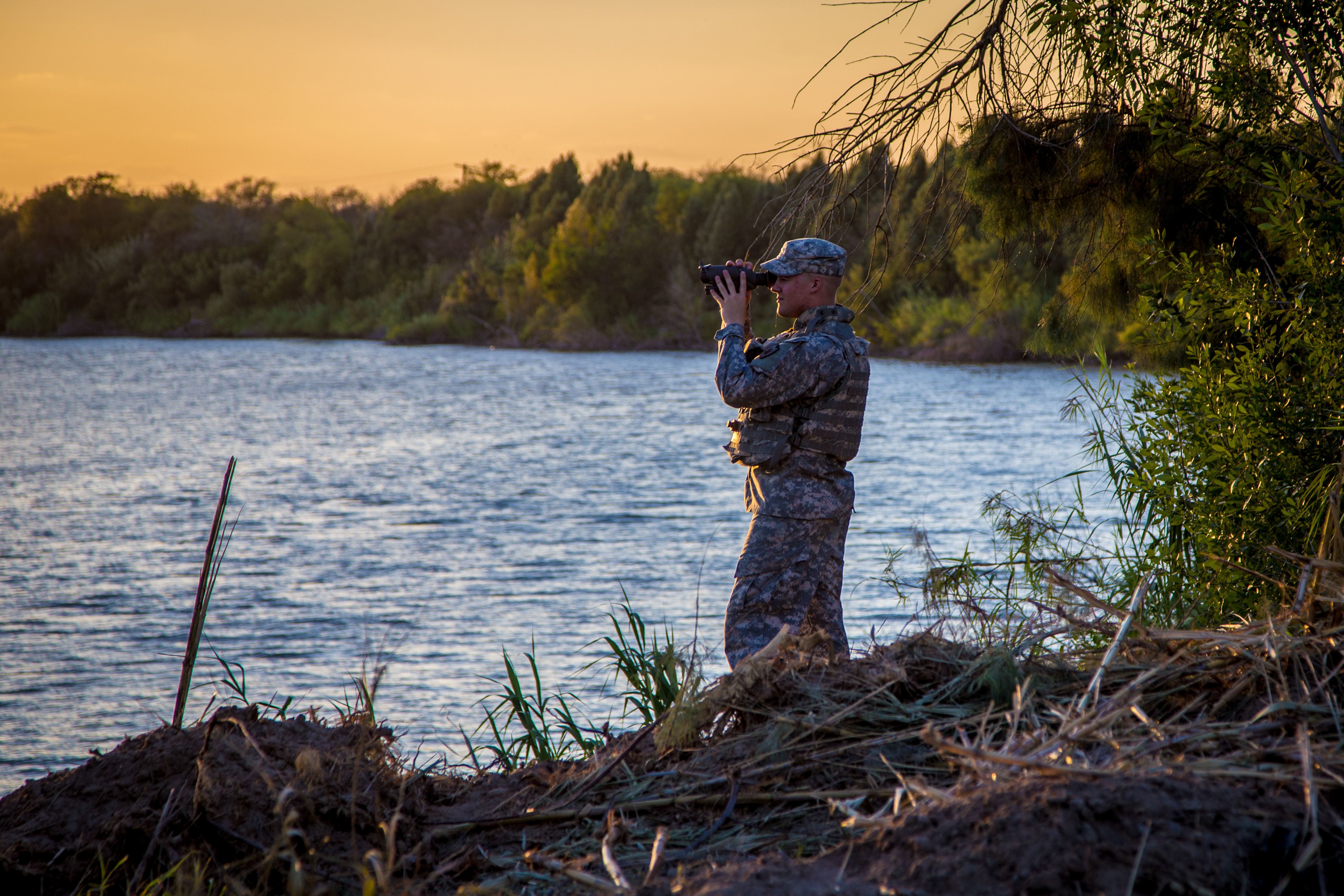AUSTIN, Texas, and WASHINGTON — The U.S. Army is set to deliver hypersonic weapons, missiles capable of reaching 500 kilometers and a cannon that will reach double its current range as part of a group of two dozen systems it plans to field during the next year.
The 24 key systems slated for fielding in fiscal 2023 are part of a total group of 35 the Army wants to get to troops by 2030, when it then would declare the service a fully modernized force.
Leading the charge for the Army is Austin, Texas-based Army Futures Command.
“Progress generally is going very well,” Army Secretary Christine Wormuth told Defense News in a recent interview at the Pentagon. “Given that we have 24 systems in one year that we’re either trying to start fielding or we’re trying to get prototypes in the hands of soldiers, we may hit some bumps in the road along the way. I think that is to be expected.”
The rapid schedule has required the Army to move more quickly through the development process, which Gen. James McConville, Army chief of staff, acknowledged to Defense News is a risk.
RELATED

But the service is continuously getting prototypes in the hands of soldiers along the way, which the Army calls “touch points,” in an effort to allow for quick adaptations and honest assessments of progress.
“What is really important is getting to the Alpha model,” McConville said. “If you get the capability, get it in the hands of soldiers, then we’ll incrementally improve it.”
Army officials said the lessons learned from the war in Ukraine thus far don’t dictate changes to its modernization plans.
“We’ve got it pretty right,” McConville said. The war is showing, for example, that the Army’s No. 1 priority, Long-Range Precision Fires, and capabilities within that portfolio like hypersonic weapons with ranges of 1,700 kilometers, a Precision Strike Missile capable of firing out to 500 kilometers and a ship-killing mid-range capable missile, would all be needed against near-peer adversaries like Russia and China.
Coming soon
The Long-Range Precision Fires equipment is expected to hit several key milestones in FY23. Hypersonic missiles will be fielded to the first unit at the very end of the fiscal year after two major flight tests using the Army’s ground-based launch capability.
The Army also plans to deliver the very first increment of its Precision Strike Missile, which can reach 500 kilometers in range. It will later be upgraded with a ship-killing capability and increased range and lethality.
The Mid-Range Capability missile, meant to pursue moving maritime targets, will also be fielded this fiscal year, just two years after the Army said it would seek the capability. In November 2020, the Army chose Lockheed Martin to integrate the Navy’s SM-6 and Tomahawk missiles with a launcher and battery operations center to create an MRC prototype.

The Army is also building Extended Range Cannon Artillery systems that will increase cannon reach to 70 kilometers. The service is building 18 prototypes; the first battalion consisting of those prototypes will be delivered in FY23.
The Next-Generation Combat Vehicle portfolio has already managed to achieve first contact with soldiers. The Armored Multipurpose Vehicle, set to replace M113s, completed an operational test earlier this year and is slated for a full-rate production decision this fiscal year.
The Army this summer chose General Dynamics Land Systems to build its Mobile Protected Firepower system, while a unit at Fort Hood, Texas, earlier this year helped evaluate light robotic combat vehicle prototypes.
While manned Future Vertical Lift capabilities will come later, the service plans to field AeroVironment’s Arcturus Jump 20 unmanned aircraft system, meant to fill an urgent need for a Future Tactical UAS to replace the Shadow UAS, this fiscal year. The Army will also hold a competitive evaluation of systems for a second increment.
A directed-energy Short-Range Air Defense capability is due to be fielded to an Army unit potentially during the first quarter of FY23.
The Army’s Integrated Battle Command System, intended to link sensors and shooters on the battlefield, is in the midst of an initial operational test and evaluation ahead of a full-rate production decision this fiscal year.

The Lower Tier Air and Missile Defense Sensor will serve as the radar in the Army’s future Integrated Air and Missile Defense system. Congress has mandated that the Army field an LTAMDS battalion of four sensors by December 2023, but the Army wants to do so by the end of September 2023.
Program officials have had to adjust the LTAMDS schedule to address system integration challenges and supply chain issues caused by COVID-19, the program officer told Defense News earlier this year.
The Army is also building a robust Synthetic Training Environment and plans to deliver to soldiers in FY23 the Reconfigurable Virtual Collective Trainer, IVAS Squad Immersive Virtual Trainer and One World Terrain, training management tools and training simulation software.
New leadership
On Oct. 4, acting Army Futures Command chief Lt. Gen. James Richardson handed over the reins to Gen. James Rainey.
Wormuth said Rainey’s top priority will be making “sure that we are able to deliver, of course working with the [acquisition] team, the 24 systems in ‘23.”
After 40 years in the service, Richardson marveled over the technology revolution that has occurred over the last four years at Army Futures Command and told an audience in Austin at the Lyndon Baines Johnson Presidential Library that “it’s not a stretch to say that the outcome of the future war could turn on something Army Futures Command does or fails to do.”
“If you’re a part of AFC, military or civilian, the future is now,” he added.
Jen Judson is an award-winning journalist covering land warfare for Defense News. She has also worked for Politico and Inside Defense. She holds a Master of Science degree in journalism from Boston University and a Bachelor of Arts degree from Kenyon College.






